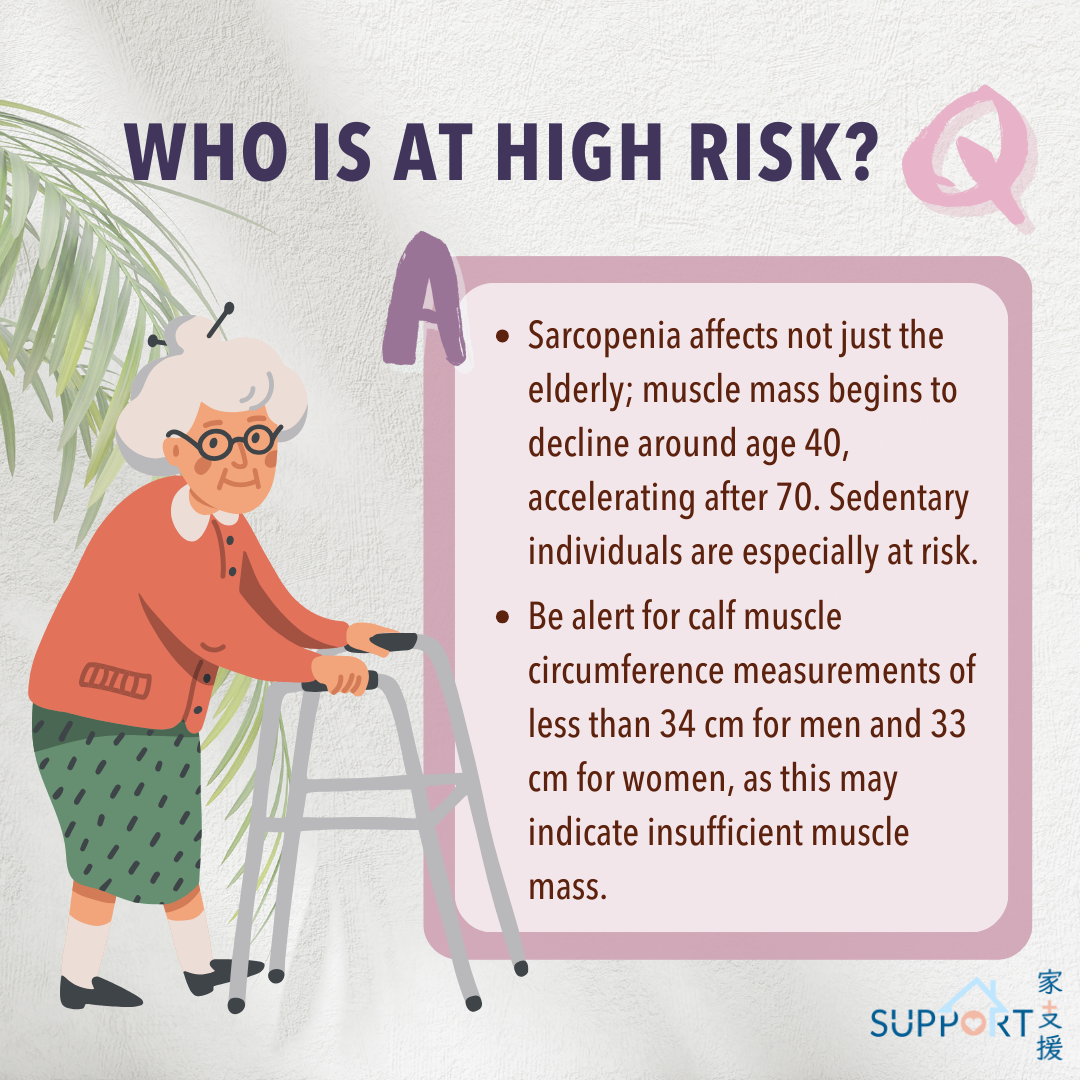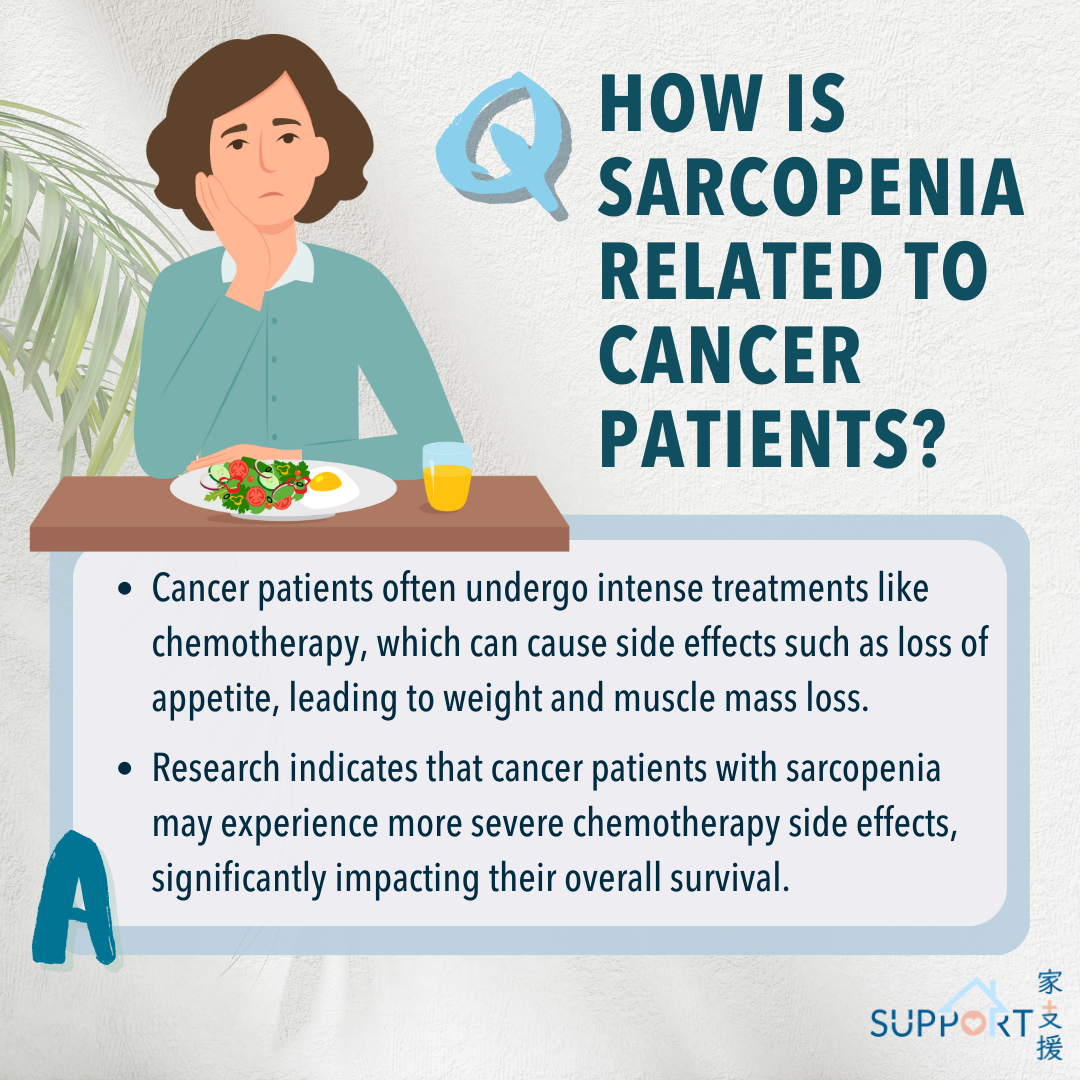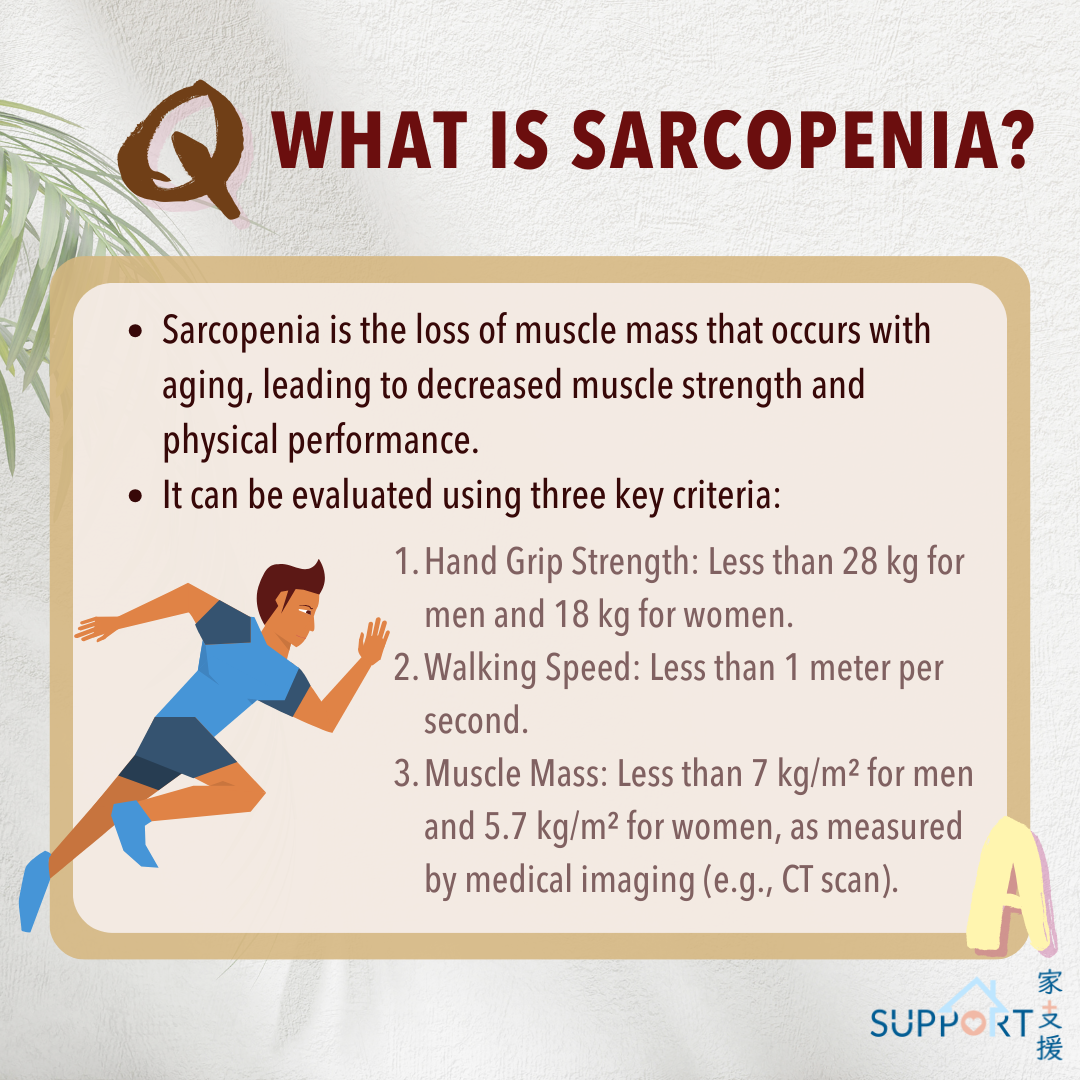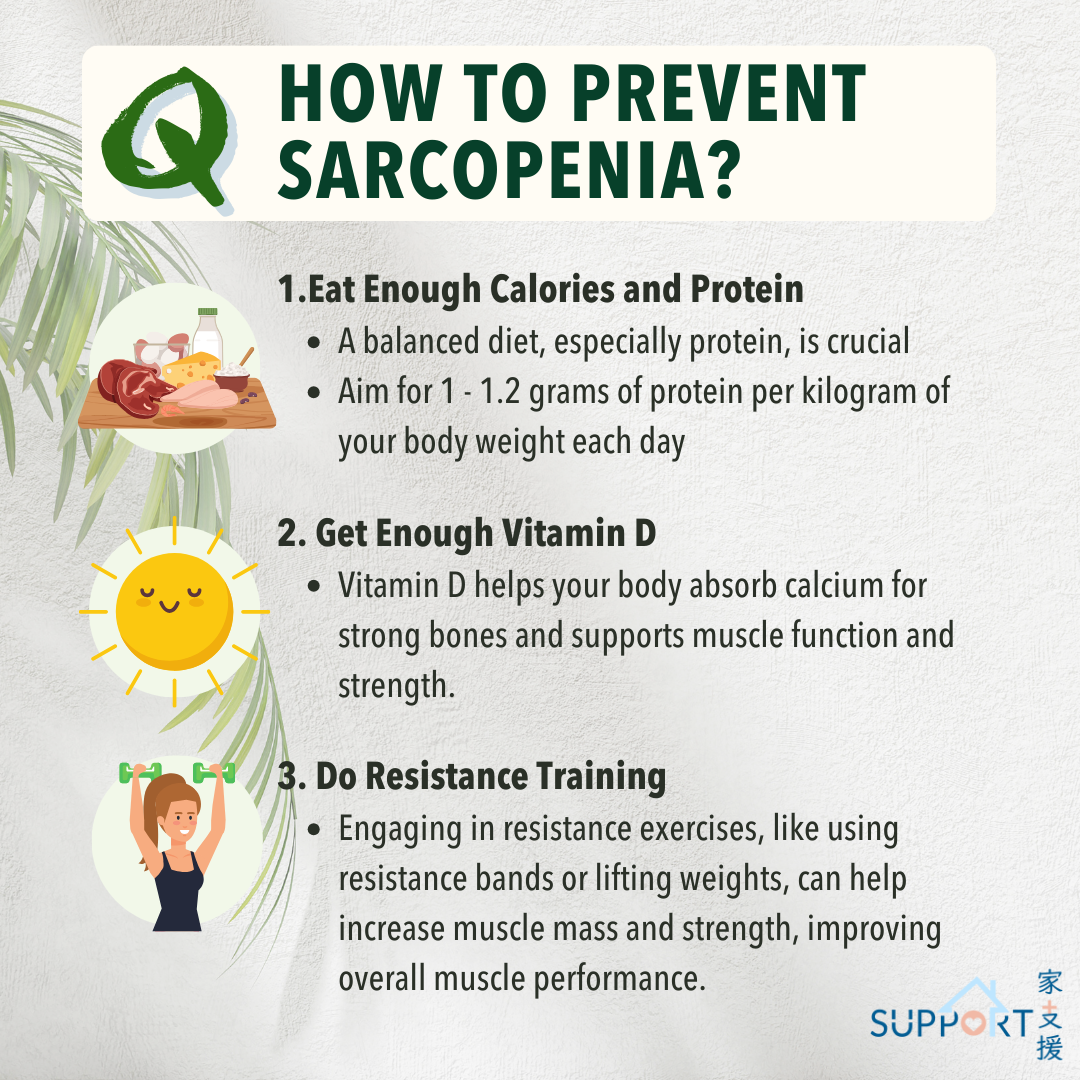
Sarcopenia does not only affect the elderly. Starting at age 40, muscle mass gradually declines, with the rate of loss increasing after age 70. Individuals with a sedentary lifestyle are particularly vulnerable to ongoing muscle loss.
Chronic conditions like diabetes, obesity, and metabolic syndrome can worsen muscle loss and create a cycle that exacerbates sarcopenia.
Warning Sign: Be alert for calf muscle circumference measurements of less than 34 cm for men and 33 cm for women, as this may indicate insufficient muscle mass.
How is Sarcopenia Related to Cancer Patients?

Cancer patients often undergo intense treatments, such as chemotherapy, which can cause side effects like loss of appetite. This can lead to weight loss and loss of muscle mass. Research shows that cancer patients with sarcopenia tend to experience more severe side effects from chemotherapy, which can significantly affect their overall survival.





